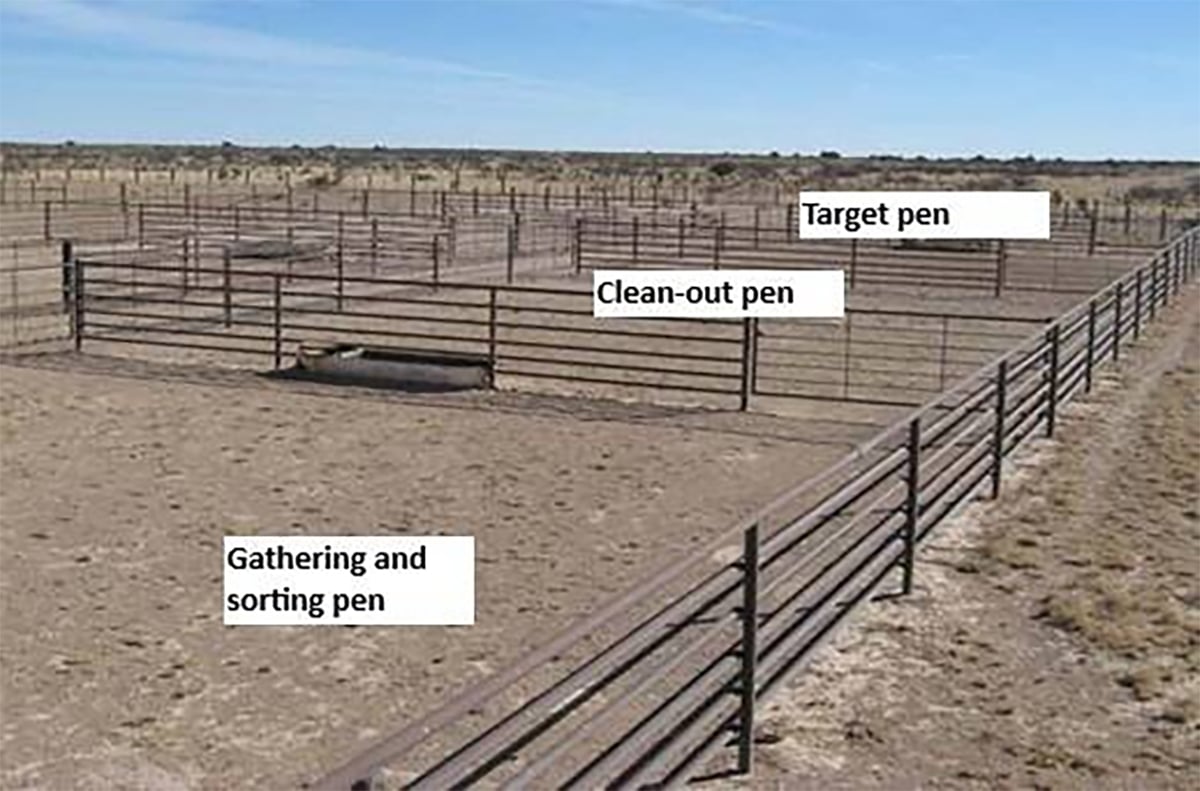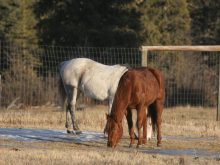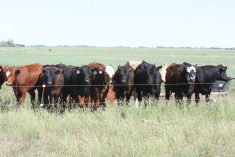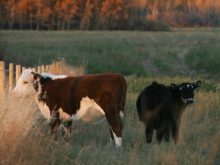Every year at calving season I see injured and bruised farmers because they’ve had a run-in with an overzealous cow.
Most farmers have come up with ways to handle cow-calf pairs in safe and low-stress ways.
With bigger herds, I have seen cross-adoption become a problem so want to share my thoughts on the benefits of a safe procedure for cow, calf and producer.
I helped with enough calvings and worked with both veterinary students and veterinary technician students on calving rotations to have experienced first-hand the dangers of calving season.
Read Also

Teamwork and well-designed handling systems part of safely working cattle
When moving cattle, the safety of handlers, their team and their animals all boils down to three things: the cattle, the handling system and the behaviour of the team.
The goal is often to get mother and calf into the barn and attend to the calf with whatever needs to be done.
Often, we rely on the good maternal instincts of the cows so they will follow the calf, whether it is in a sled or cart being towed by a quad, or in a cage in the back of a quad, or in a calf-catcher pen.
A dilemma arises when multiple cows claim the same calf or other cows push the mother away. I have seen cows going through the first stages of labour claim a calf that is not its own and push away the real mother. Some cows will abandon their calf and claim another that was born close by.
This can lead to calves that are abandoned, or cows with delayed delivery of their own calf. Sometimes, by the time the situation is sorted out, it leads to a dead calf.
As well, getting a calf away in cold weather can be a problem. Frozen ears develop in a matter of 15 minutes.
And there is the worry that an overzealous cow might charge at you, stepping on and injuring its calf either internally or breaking a leg.
Most broken legs among calves are caused by being stepped on. Lower birth weights and double chaining the obstetrical chains have all but eliminated the bad breaks that were once caused by pulling.
Most breaks will heal well with casting, especially on breaks in the lower legs.
I have carried out autopsies where the intestines were essentially sliced in half by a sharp hoof from the outside. These are rare but they happen.
Calf catchers can provide a great benefit and will help ease the stress on yourself, the calf and the cow. There are several suppliers of these cages, including the Crossheels catcher and the Lakeland calf catcher that I am aware of but there may be more makes in Canada.
These catchers mount on a quad or side-by-side and have flotation wheels and a closable door to trap the calf.
Producers dismount the vehicle into the cage where the cow can’t access them but allows the mother to have total visibility of its calf.
The calf can be processed in complete safety.
The beauty of this system is the cow generally stays close and calm, plus then you can either let the calf out the back door or place it on a platform where it is contained off the ground and the cow will almost always follow.
You don’t have to chase the cow away so you can quickly do the calfhood procedures. Often, procedures that are rushed lead to mistakes, such as two testicles not properly placed in the castration band.
These catchers pay for themselves quickly and make you more efficient.
Some have a toolbox mounted for calf supplies and it’s possible to rig up a scale for weighing calves if that is your fancy.
They are a great asset, especially for slower, older people like me and for those who work alone a lot during calving season.
Roy Lewis works as a veterinarian in Alberta.















